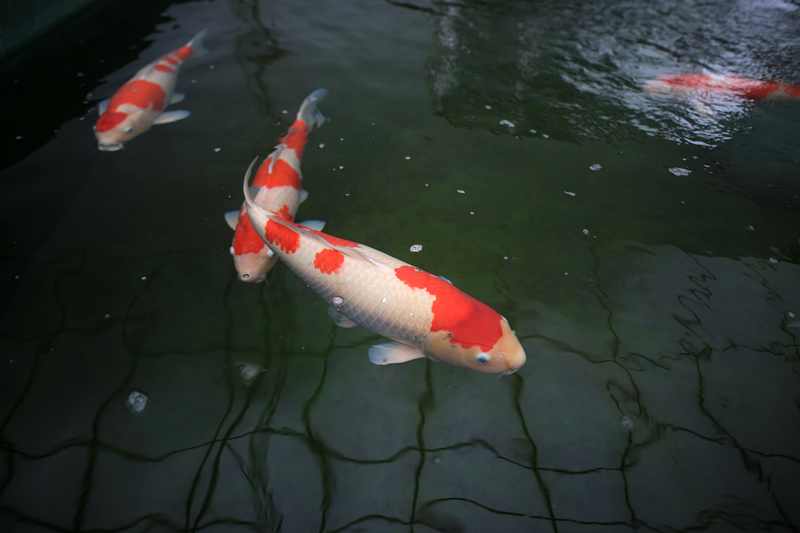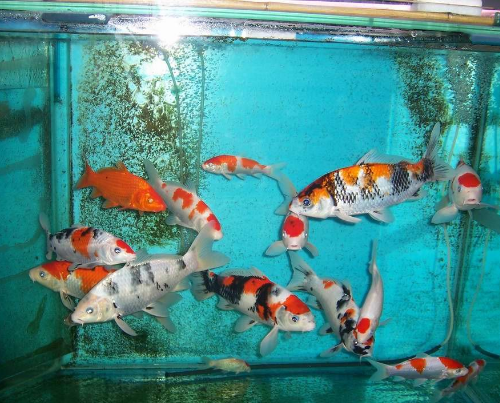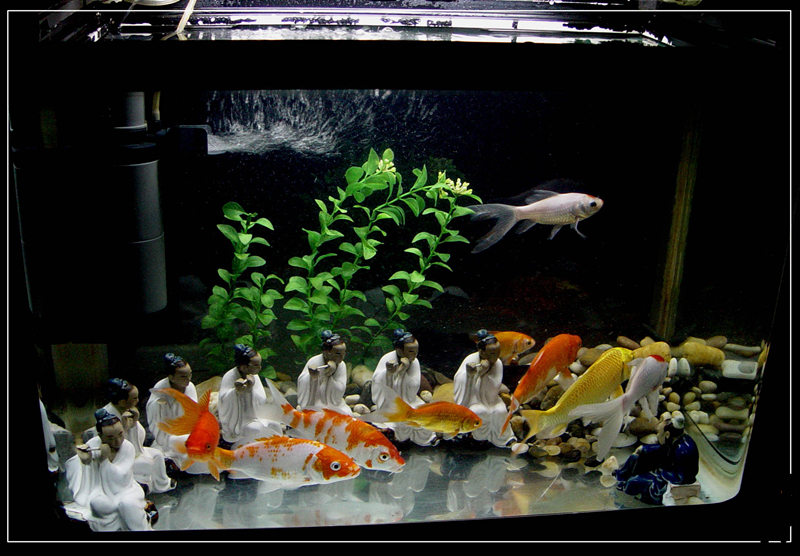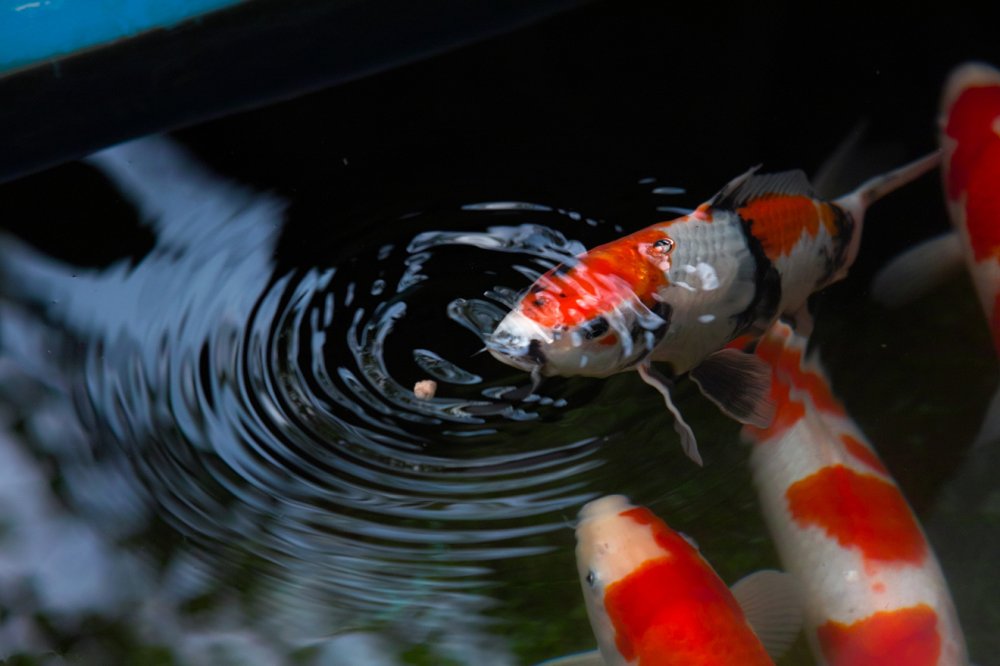Three minutes to teach you to buy koi, have you finished the water quality monitoring of the koi aquarium?
Water quality monitoring is one of the indispensable links in the breeding and management of indoor koi. The main items of daily water quality monitoring include metal ions such as water temperature, pH value, salinity, dissolved oxygen, ammonia nitrogen concentration, nitrite, nitrate and bacteria.
Koi has been raised for a long time, although it has been cleaned up on weekdays, it cannot be completely cleaned up. It is necessary to change the water in a timely manner. The main methods and steps are as follows:
1. Drying water: in order to ensure that the temperature of new and old water is the same, it is necessary to take measures to dry water 1 ~ 2 days before changing water. The tap water is injected into the storage tank or idle koi pond in the same place and left for 24-48 hours. When the temperature of the new water and the old water is gradually the same, the water can be changed. Cooling water can increase oxygen and escape chlorine.
When changing water in spring, summer and autumn, the temperature of new water is better 0.5 ℃ ~ 1 ℃ lower than that of old water, while in winter, the temperature of new water is 0. 5% higher than that of old water. 5 ℃ ~ 1 ℃.

2. Liquid absorption and extraction: first, use a rubber hose to inhale the upper clear water into the cleaning container for use. Then take out water plants, stones and other ornaments, rinse with clean water for use.
3. Fishing for brocade carp: pick up the koi with a net and cover the top of the net with a spoon to prevent the carp from jumping out of the fall; if you are raising a small koi, it is appropriate to use a spoon to bring water into the sucked upper layer of clear water.
4. Clean the carp tank: after taking out the discolored and smelly sand, rinse and wipe the aquarium with clean water many times until it is tasteless. Can use decontamination powder, if still not, wipe repeatedly with a cleaning cloth dipped in vinegar to make the glass clear and clean.
5. Restore the aquarium: spread sand, place stones, inject water, recommend and put in brocade carp in order, and then add new water that has been dried to the original water level.

- Prev

Koi and what kind of fish can be mixed culture, koi must pay attention to when changing water
Changing water is not only an important part of the daily management of koi, but also the key to the successful culture of koi, so it is said that koi should be cultured first. When changing water, we should pay attention to the following three points: first, the method should be correct: when using siphon to drain water, hold the pipe wall because of drainage.
- Next

What kind of koi is easy to breed, and what koi feeding needs to pay attention to
Feeding feeding family aquarium culture koi best fish worms, worms and other live bait, koi larvae need to feed tears. However, the source of live bait is limited, sometimes it is impossible to buy, so it is generally replaced by fish and insects. If there is artificial synthesis with complete nutrients...
Related
- On the eggshell is a badge full of pride. British Poultry Egg Market and Consumer observation
- British study: 72% of Britons are willing to buy native eggs raised by insects
- Guidelines for friendly egg production revised the increase of space in chicken sheds can not be forced to change feathers and lay eggs.
- Risk of delay in customs clearance Australia suspends lobster exports to China
- Pig semen-the Vector of virus Transmission (4)
- Pig semen-the Vector of virus Transmission (3)
- Five common causes of difficult control of classical swine fever in clinic and their countermeasures
- Foot-and-mouth disease is the most effective way to prevent it!
- PED is the number one killer of piglets and has to be guarded against in autumn and winter.
- What is "yellow fat pig"? Have you ever heard the pig collector talk about "yellow fat pig"?

